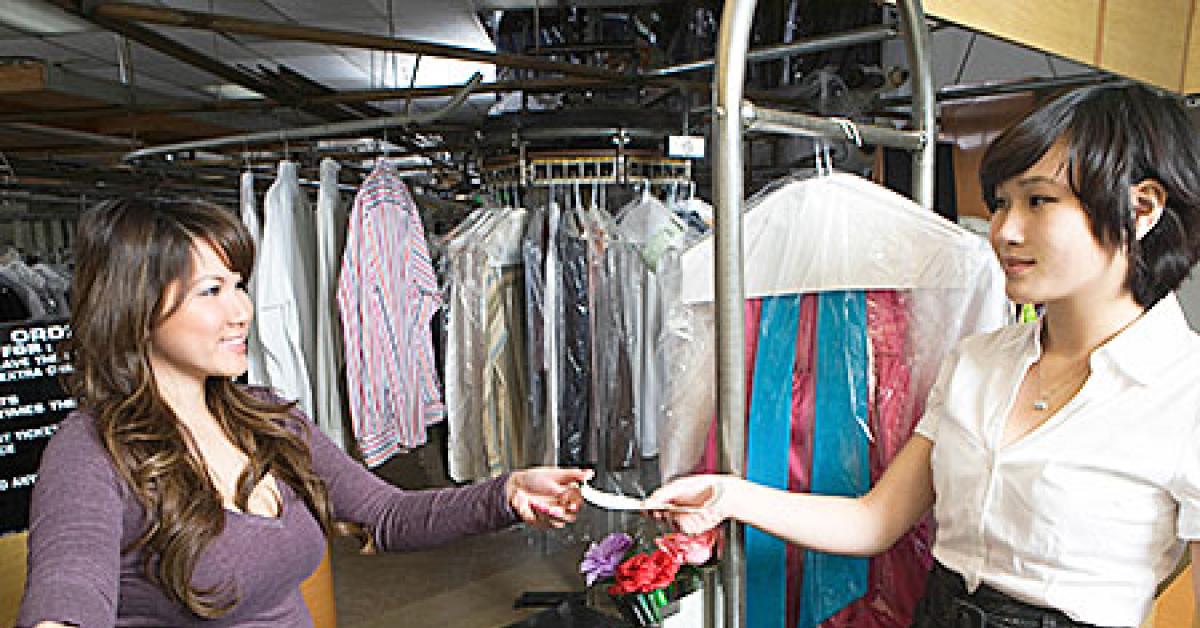SAN FRANCISCO — Despite the generally low claim rates in the fabricare industry, customer claims seem to be one of the favorite topics of discussion for cleaners, thereby capturing a disproportionate share of business-focused conversations. Everyone has a horror story about their most outrageous customer demand or their most expensive customer claim.
CUSTOMERS ARE SINCERE IN BELIEVING THEIR CLAIM TO BE VALID
With the exception of a few individuals that are perpetually trying to get something for nothing, generally customers are sincere in their belief that their claims are legitimate. They truly do think that they are correct in making a claim. They are simply too busy to take precious time to complain for their own amusement or to torment you.
CUSTOMERS WANT TO BE HEARD
Since the claimant truly does believe they have a valid claim, their primary goal is to be heard. They want you to acknowledge their grievance and listen to their reason(s) for being unhappy with the work that was done on their behalf.
LISTEN CAREFULLY AND THEN LISTEN SOME MORE
Let them tell their story and listen intently while they make their case for the legitimacy of the claim. Empathetic listening is the best way to take control of a potentially volatile situation and keep it from escalating.
Let them talk themselves out before responding, and always be attentive to not only the words they use, but also to the attitude and body language. Hear them out and let them wind down. Once they have told their entire story, most customers are reasonable and can be guided toward a reasonable outcome.
RESPOND WITH AN APOLOGY
Although an apology might sound like a surrender, it is a good first step in regaining the customer’s confidence in your professionalism.
Even if you are confident that no mistake was made, you can still sincerely say that you are sorry for their disappointment or unhappiness with their experience. In fact, you are sorry that they are dissatisfied. That does not mean you are taking responsibility for the claim, but it allows you to sympathize with their situation and acknowledge that you did listen to them and their concerns. When an apology is appropriate, it is occasionally enough to appease the unhappy customer because they just wanted to be heard.
According to NOP research, “Thirty-five percent said that a simple apology would have prevented them from moving to the competition.”
MISTAKES HAPPEN – OWN UP TO THEM
Despite best efforts and multiple checkpoints, sometimes mistakes happen. Usually, these mistakes will be addressed before the item reaches the customer. If, in fact, a damaged article did reach the customer without an explanation or notice of prior damage, the internal process did fail and you owe the customer an apology at the very least.
You also owe them a thank-you for bringing the claim to your attention so you can address it now and so you can avoid similar failures in the system in the future, as well. According to Lee Resource, Inc., “for every customer who bothers to complain, 26 other customers remain silent.” They vote with their feet by walking away to the competition.
If, in fact, the damage was the result of a mistake during processing, accept responsibility and make it right. This might be accomplished by a re-do, a repair, a replacement or another accommodation.
ACCOMMODATING THE UNHAPPY CUSTOMER
Each claim is unique, but every claim can be addressed with a system of guidelines that can direct your team to a reasonable accommodation.
Don’t set policy based on the lowest common denominator using the standard of the customer claim that made your blood boil because it was unjustified. Set policies based on the perception of the majority of your loyal and realistic clients.
Check back Tuesday for Part 2!
Have a question or comment? E-mail our editor Dave Davis at [email protected].

